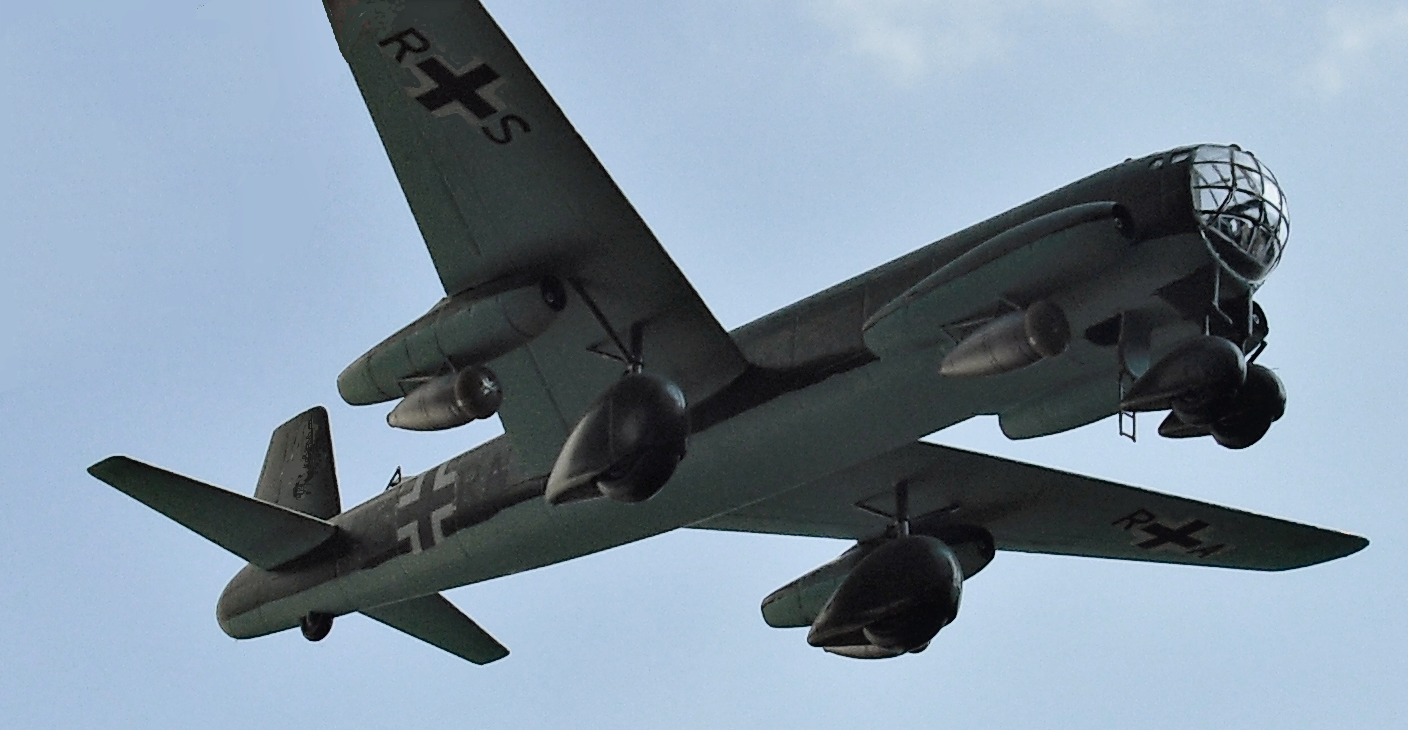Back in the 1930s, aircraft designers realized that the glider with a straight wing has a high resistance, so as the engine power increases, sooner or later the speed limit will be reached. While the industry produced low-speed propeller aircraft, this problem was not particularly relevant. But with the advent of jet technology, engineers had to find the best solution to reduce air resistance. In 1943, Junkers proposed a version of the unusual jet bomber with a reverse swept wing – Junkers Ju-287. The new type of wing was characterized by increased aerodynamic efficiency, improved handling at low flight speeds. In addition, it was possible to reduce the takeoff speed and range of the aircraft due to the fact that the lifting force of such a wing is greater at large angles of attack.
The Ju-287 is equipped with four Junkers Jumo 004B-1 turbojet engines. During test flights in August 1944, the aircraft showed excellent performance and became one of the most innovative aircraft of the Second World War. By March 1945, 2 such devices were released, but all of them remained at the stage of prototypes, did not participate in hostilities.
However, the idea of a reverse swept wing has not been forgotten. In 1984, the Northrop Grumman X-29 aircraft with this wing was built in the United States. And in September 1997 the flight of the experimental fighter Su-47 “Golden eagle” took place. In addition, back in 1964, the first flight of a passenger plane with a reverse swept wing HFB-320 Hansa Jet (Germany). In series, it was launched in 1966, but a couple of years later it was discontinued.
Technical characteristics of Junkers Ju-287:
Wing area: 61 sq. m
Weight of the aircraft empty: 12,500 kg, takeoff: 20,000 kg
Top speed: 558 km / h at 6000 m
Practical ceiling: 9400 m
Lifting speed: 580 m / min
Crew: 2 people.